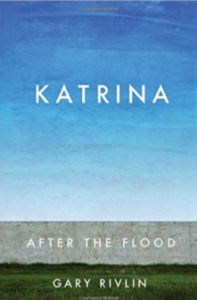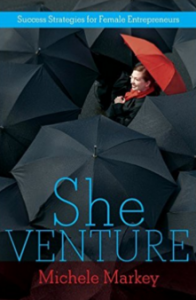
Going Rogue
This morning’s Providence Journal ran an excellent article, courtesy of the Cape Cod Times, describing how the work of MIT researchers may predict when rogue waves will strike. A rogue wave forms when one wave passes through another and combines forces, with an exponential increase in power. When the height of a wave doubles, its power per square foot quadruples, producing deadly force. The accompanying article describes specific local losses arising from rogue waves, such as the experience of an emergency room physician being struck face down in the ocean by a rogue wave that left him a quadriplegic.
For the shipping industry, the economic losses can be substantial. While tankers and container ships are designed for heavy seas, the power of rogue waves exceeds the design criteria by ten-fold. In June 2013, the MOL Comfort, a modern container ship, split in half, burned and sank after meeting a rogue wave. The resulting losses are estimated at $500 million. Allianz, a German insurer of global cargo vessels, predicts that there will be a loss in excess of $1 billion from the sinking of a single ship.
A rogue wave differs from a tsunami in several respects: tsunamis are triggered by land events, such as earthquakes, and can travel long distances. A rogue wave arises spontaneously from water movements and may last for seconds or minutes. The work of the MIT team may give two to three minutes’ warning of the formation of a rogue wave, possibly saving lives and property. The team developed an algorithm that looks for clusters of waves meeting certain criteria. MIT’s news office has produced an excellent, short video for additional information about rogue waves.
After reading this morning’s newspaper, I added another title to my “To Read” list (which is much longer than my “To Do” list): The Power of the Sea: Tsunamis, Storm Surges, Rogue Waves and Our Quest to Predict Disasters. The author, Bruce Parker, served as chief scientist for the National Ocean Service, and was quoted in this newspaper article about the physics of the ocean. I never appreciated that fluid mechanics could be so engaging, but now I want to learn more.






